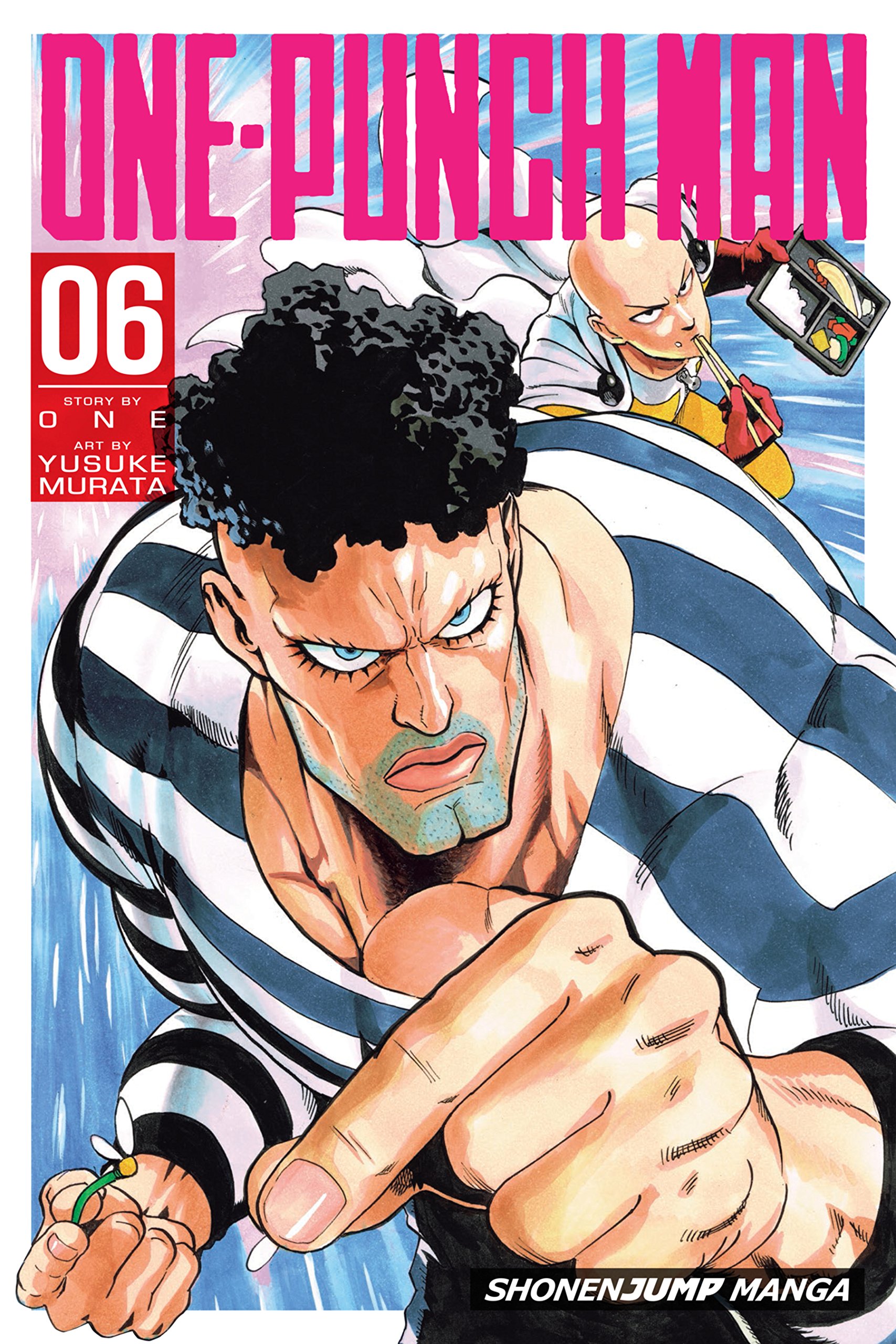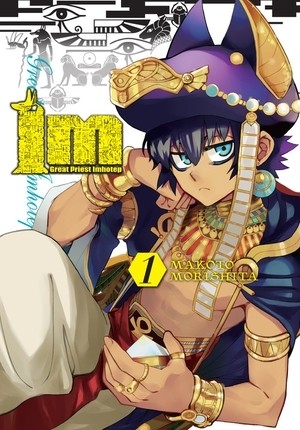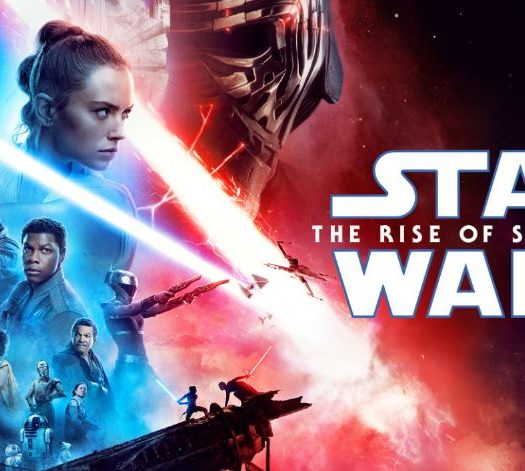The immediate lesson to be learned from One-Punch Man Volume 6 is that you don’t need to have good names all the time to create good characters or an interesting setting. Writer ONE sets volume six in “City A,” which is protected by the heroes of the “Hero Association” (presumably built next door to the YMCA)–where such luminaries as “King” and “Pig God” sit among characters with names that more obviously parody either the superhero genre, like “Flashy Flash” and “Superalloy Blackluster,” or the shonen manga genre, e.g. “Tank-Top Master,” or “Child Emperor.”
Saitama, the titular One-Punch Man of this manga, goes with Silverfang to an emergency summons of the Class S Heroes, where Madame Shibabawa’s final prophecy is read. The prediction tells of peril coming for the Earth within the next six months, but comically the meeting hasn’t even been adjourned before an alien spaceship overshadows City A. Lord Boros and his monstrous troops have invaded, not to control the Earth, but because Lord Boros was also following a vague prophecy that he heard twenty years ago about finding a challenging fight on Earth. So this Lord Boros fellow, bored with conquering the universe, crossed a universe to pick a fight that he might not win. His origin story should sound familiar to readers of One-Punch Man, because Saitama himself is also driven by the ennui that power brings. Saitama, like Lord Boros, has lost “all feeling. I want to feel the rush of battle. I would like to meet an incredibly strong enemy.” In the last chapter before the bonus manga at the end, these two disenchanted paragons of power enervated by tedium join in a battle that makes Lord Boros smile. Saitama may also be enjoying this battle, but it is hard to tell; only his eyebrows might be smiling, and this is disputable.
The volume ends with the bonus manga, “Salmon,” in which a suicide jumper chooses to leap from the ledge where Saitama is eating seaweed and salmon. “Salmon” is an excellent “dramedic” counterpoint to the alien invasion, as it is set during the banality of a lunch hour, and tells the moving tale of a sick but sympathetic suicide averted by chopsticks and super strong fingers.
On the surface, One-Punch Man Volume 6 seems pretty straightforward, but longtime readers of the superhero genre will recognize it as a parody of the grim and bloody superhero stories that were born in the shadow of Alan Moore. For instance, apparently knowing that Miracleman-level apocalypses are always a possibility in a world with superheroes, Metal Knight constructed the Hero Association headquarters to remain standing even though City A has become a wasteland outside of it. After Saitama kills Lord Boros’ lieutenant Groribas by reflex, we’re treated to an Office or Modern Family style interview in which Groribas, on the way to his death, was monologuing about the many ways he was going to kill the intruder. Saitama, unlike Kid Miracleman, is so bored with his vast power that instead of becoming evil he becomes millennial (although not perhaps as millenial as Jaco the Galactic Patrolman).
Yusuke Marata has a thoughtful, multilayered style that can convey drama and comedy in the same panel, and his facial expressions are extremely nuanced. He draws common shonen manga emotions, such as anger or alarm, in dozens of different ways, and knows how, through perspective and pose, to slant nearly every drawing a few degrees toward the humorous side of things.
Overall, One-Punch Man is an excellent serial fiction, and this sixth volume is an exciting and amusing read. While the alien invaders have the motivations of street brawlers, the many absurd superheroes brings bit more re-readability here than there is in most fighting manga, too.
One-Punch Man Volume 6 is on shelves now for 9.99 US /12.99 CAN, or you can buy it digitally at viz.com.
Related posts:
Manga Review: One-Punch Man Volume 6
Excellent
Overall, One-Punch Man is an excellent serial fiction, and this sixth volume is an exciting and amusing read. While the alien invaders have the motivations of street brawlers, the many absurd superheroes brings bit more re-readability here than there is in most fighting manga, too.


